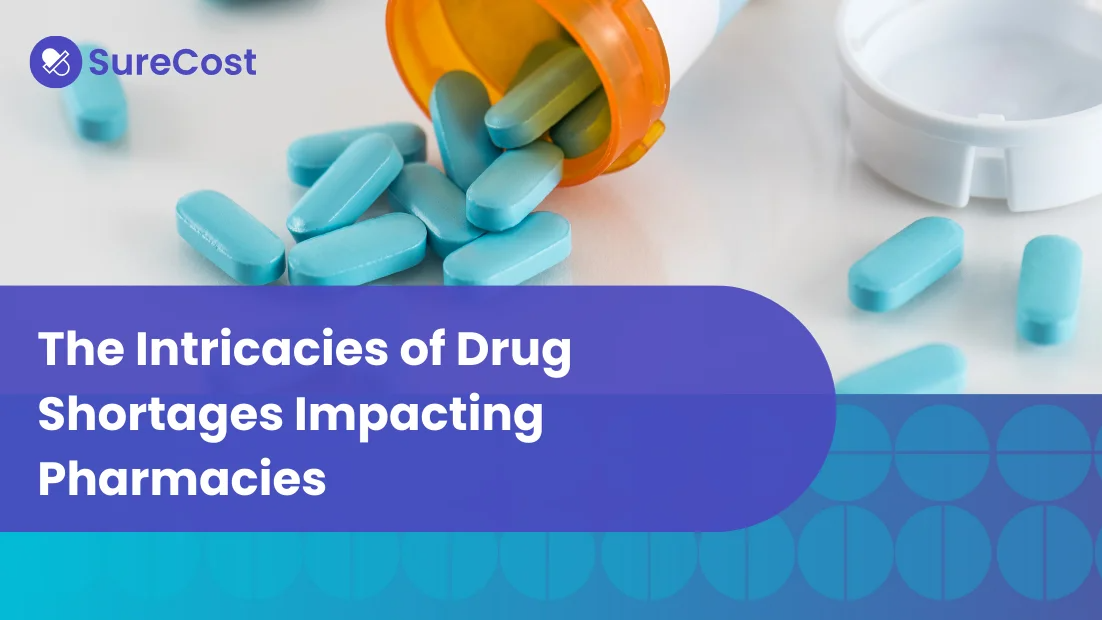Drug shortages are a significant challenge for pharmacies across the country. From local community pharmacies to large-scale pharmaceutical manufacturers, the impact of these shortages reverberates across the entire healthcare ecosystem.
According to the American Society of Health-System Pharmacists (ASHP), the number of active drug shortages reached a new peak of 301 in the first quarter of 2023, the highest since 2014.
This blog post will discuss drug shortages, including what causes them, the consequences, and ways to mitigate them.
Drug shortages are not a novel occurrence, yet their frequency and severity have escalated in recent years. The intricate network of factors contributing to shortages includes manufacturing issues, regulatory hurdles, supply chain disruptions, and unexpected demand spikes. While some shortages are temporary, others persist, creating prolonged dilemmas for healthcare providers and patients alike.
The Ripple Effect
The repercussions of drug shortages extend far beyond the pharmacy counter. Patient care may be compromised, leading to suboptimal outcomes and increased costs. Shortages can cause tension between pharmacists, prescribers and patients, leading to frustration due to limited options and delays.
Navigating the Challenges
Pharmacy owners and professionals must adopt proactive strategies to mitigate the impact of drug shortages. Establishing robust communication channels with suppliers and regulatory agencies is essential for early detection and response. Additionally, implementing inventory management techniques and smarter purchasing technologies like SureCost can help buffer against disruptions in the drug supply chain. Read more >




